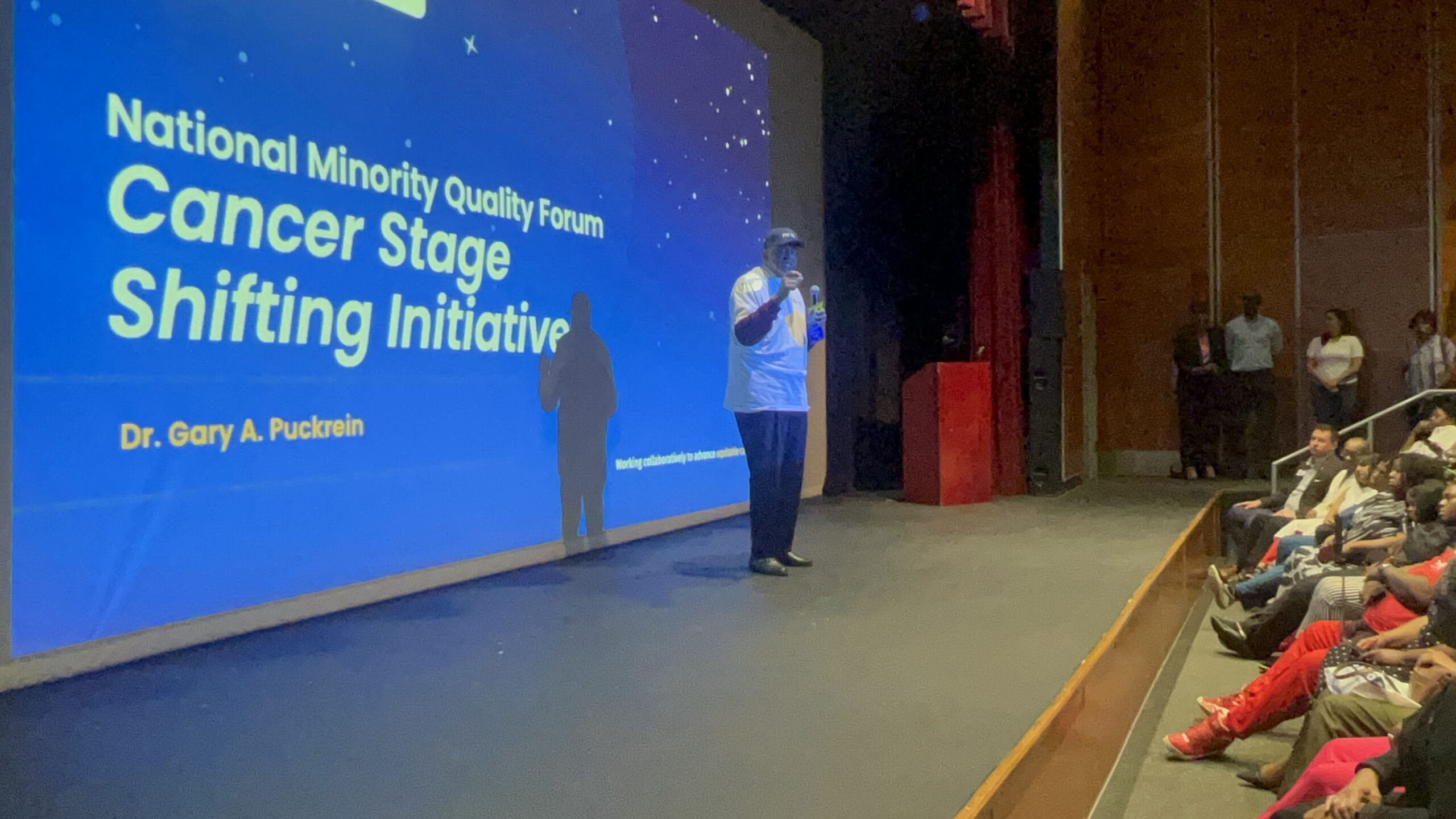
|14 March 2025
News
|31 January 2024

“Cancer Alley” is one of the most polluted areas of the United States and lies along the once pristine Mississippi River that stretches some 80 miles from New Orleans to Baton Rouge, where a dense concentration of oil refineries, petrochemical plants, and other chemical industries reside alongside suburban homes.
A new report found minority communities make up the majority of people who live near carcinogenic-producing waste sites.
The analysis, released Wednesday and conducted by the National Minority Quality Forum (NMQF) and CEO Roundtable on Cancer, said that 56 percent of communities of color are within 3 kilometers of carcinogenic-producing waste sites and that communities of color have a high risk of being exposed to lead through their drinking water.
The report highlights two “stark” findings, NMQF President and CEO Gary A. Puckrein said at a press conference.
“First, historically marginalized populations often live and work in environments where toxicants in the air, water, and soil elevate their risk for cancer,” Puckrein said. “Secondly, in the very communities where public policy has elevated the risk for cancer through exposure to hazardous waste, public policy has also denied them access to the best modern cancer care.”
The report stems from the Obama administration’s “cancer moonshot” initiative. The program, led by then-Vice President Biden in 2016, was revitalized in 2020 to address disparities in cancer care that have disproportionately affected underserved and marginalized populations.
One of those areas is “Cancer Alley” in Louisiana, which exists in part because of Jim Crow and zoning laws. The area is currently home to 150 oil refineries, plastic processing plants and chemical facilities, the report found, and it makes up 25 percent of the petrochemical production in the United States. But the corridor has predominantly Black residents.
The report warned that cancer risks for the predominantly Black areas could reach up to 105 cases per million, while the same threats in the predominantly white districts of the corridor range from 60 to 75 per million. Some environmental advocates have dubbed the region as “Death Alley” due to the disproportionate number of deaths.
Other areas with significantly higher risks of carcinogenic exposure include Flint, Mich., and Houston. Members of both communities — including council members and congressional leaders — spoke at Wednesday’s press conference to highlight the crisis their communities are facing.
Black communities in general, the report found, are 6 percent to 9 percent more likely to share their watershed with an industrial facility, military fire training area and airport. They are also 7 percent to 13 percent more at risk for their community water systems to be in proximity to a wastewater treatment plant.
In addition to Black Americans, Native Americans have also faced disparate cancer outcomes.
Native American communities that have been disproportionately exposed to uranium mining have faced an increased risk of cancer, kidney disease and other adverse health outcomes, the report found.
Reasons for the racial disparities vary, but the analysis added that segregation has often led people of color to live in impoverished and polluted neighborhoods. Many of these neighborhoods are near industrial facilities, resulting in heightened exposure to harmful, cancer-causing air toxics.
Many of the regions are also considered Medically Underserved Cancer Care Communities, or MUCCs. In these areas, cancer screening rates are disproportionately lower, compared to more affluent communities, and the cancer survival rates fall well below national averages.
Despite this, clinical trials are not considered as a treatment option due to inadequate infrastructure. Often in these areas, there are no strategic plans to reduce cancer or promote early-stage diagnoses.
But on Wednesday, Puckrein announced that the National Minority Quality Forum has partnered with the Roundtable and the White House to launch a new multi-state and multi-year initiative that will deliver cancer diagnostic technologies and follow-up care to MUCCs.
“Our government was organized to conserve life and to treat each life as equal, inherent, and inalienable,” he said. “By coming together, we take the next step in the journey to perfect the American dream. Learning how to provide beneficial care to all is not a moral obligation; it is contractual, a promise we made to one another. And so together, we begin writing the last chapter of the bipartisan, intergenerational battle against cancer.”
View the article in The Hill: https://thehill.com/homenews/race-politics/4426534-minority-communities-cancer-risk/
National Minority Quality Forum is a research and educational organization dedicated to ensuring that high-risk racial and ethnic populations and communities receive optimal health care. This nonprofit, nonpartisan organization integrates data and expertise in support of initiatives to eliminate health disparities.
 1201 15th Street, NW, Suite 340, Washington, DC 20005
1201 15th Street, NW, Suite 340, Washington, DC 20005
FOLLOW US ON: